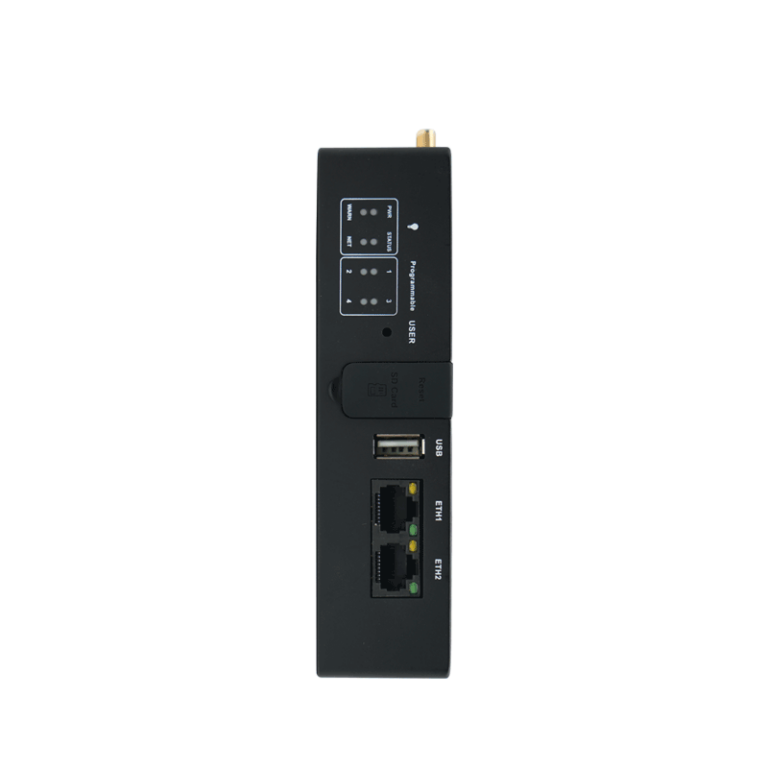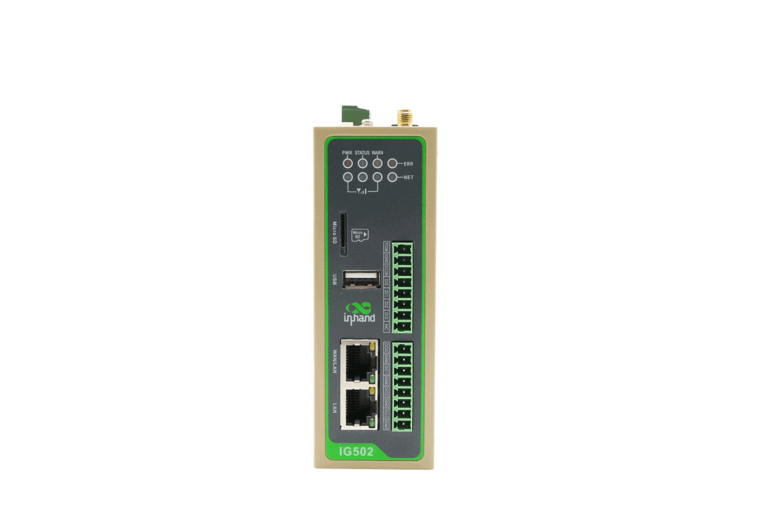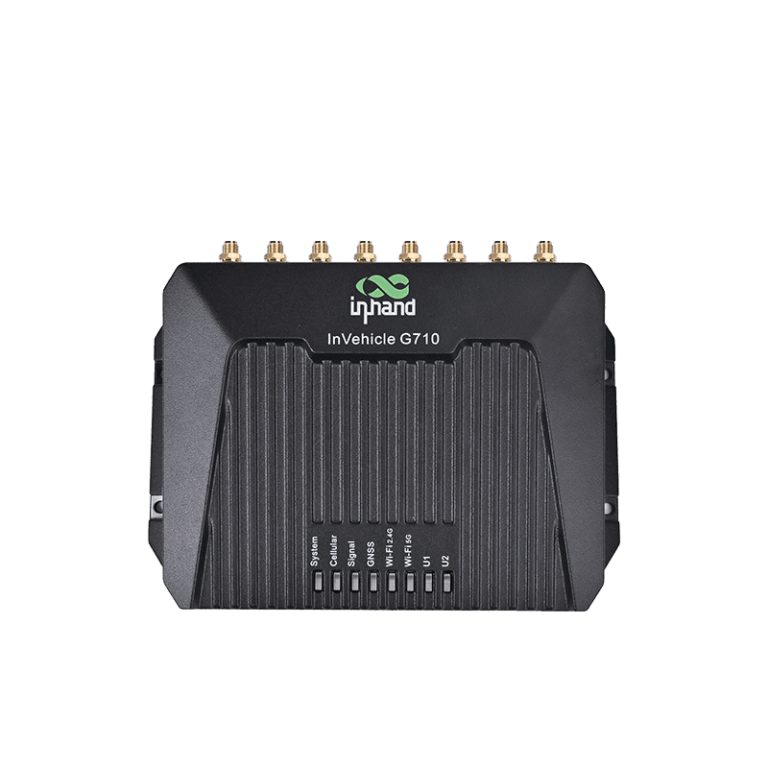Modbus RTU frente a Modbus TCP/IP
La esencia de Modbus RTU y Modbus TCP/IP es el protocolo Modbus, y todos ellos intercambian datos mediante la dirección de registro Modbus. Pero, ¿cuál es la diferencia entre ellos? Hoy hablaremos de ellos desde los siguientes aspectos.
1. Conceptos
Modbus es un protocolo estándar de intercambio de datos de control industrial, que puede utilizarse para la transmisión mutua de datos de protocolo en RTU, ASCII y TCP/IP. RTU (Remote Terminal Unit) transmite directamente datos en forma binaria a través de comunicación serie, como RS-485, ofreciendo una alta eficiencia y baja sobrecarga. El modo ASCII convierte cada byte de datos en dos caracteres ASCII, facilitando la legibilidad humana pero a costa de una menor eficiencia. Por otro lado, Modbus TCP incrusta los datos del protocolo Modbus en paquetes TCP para su transmisión a través de redes TCP/IP.
2. Modos de comunicación
Ethernet y el modo de comunicación correspondiente es Modbus TCP. La transmisión serie asíncrona, que puede utilizar varios medios como RS-232 cableado, RS-422, RS-485, fibra óptica e inalámbrica, corresponde a Modbus RTU o Modbus ASCII. La red token-passing de alta velocidad, utilizada en los sistemas propietarios de Modicon, corresponde a Modbus PLUS.
3. Encapsulación de protocolos
En comparación con el protocolo Modbus RTU, el protocolo Modbus TCP añade una cabecera MBAP (Modbus Application Protocol) al protocolo RTU. Dado que TCP se basa en un servicio de conexión fiable, el código de comprobación CRC utilizado en RTU para la detección de errores ya no es necesario en Modbus TCP. Por lo tanto, Modbus TCP no incluye un código de comprobación CRC.
Una forma popular de describir esta diferencia es decir que Modbus TCP es esencialmente el protocolo Modbus RTU con una cabecera MBAP adicional en la parte delantera y la eliminación de los dos bytes de código de comprobación CRC al final.
4. Funciones en la comunicación
El protocolo Modbus RTU facilita la comunicación entre controladores y entre controladores y otros dispositivos a través de canales de comunicación serie como RS-232 y RS-485. Se utiliza ampliamente en entornos industriales donde se requiere una comunicación fiable y eficiente en distancias cortas y medias.
El protocolo Modbus TCP, por otro lado, se utiliza para la comunicación a través de redes Ethernet. Encapsula los datos del protocolo Modbus dentro de paquetes TCP/IP, permitiendo a los dispositivos comunicarse a través de redes de área local (LAN) o redes de área amplia (WAN). Modbus TCP opera en la capa de aplicación, aprovechando las capacidades de transmisión fiable de la pila TCP/IP.
5. Transmisión
La aplicación del protocolo Modbus RTU está limitada debido a su menor distancia de transmisión y a su velocidad más lenta. Normalmente, Modbus RTU se utiliza en entornos en los que la distancia de comunicación no supera unos cientos de metros y los requisitos de velocidad son modestos, con tasas de baudios típicas que oscilan entre 9600 y 115200 bps. A pesar de estas limitaciones, Modbus RTU sigue siendo popular por su sencillez, fiabilidad y rentabilidad en los sistemas de control industrial.
Por el contrario, el protocolo Modbus TCP se utiliza ampliamente debido a su capacidad para largas distancias de transmisión y altas velocidades de transmisión. Aprovechando los protocolos Ethernet y TCP/IP, Modbus TCP puede transmitir datos a distancias mucho mayores, efectivamente ilimitadas cuando se utilizan routers y switches, y a velocidades mucho mayores, alcanzando a menudo cientos de megabits por segundo (Mbps). Estas ventajas hacen que Modbus TCP sea adecuado para aplicaciones que requieren un gran ancho de banda y amplias redes de comunicación.
6. Aplicaciones
El protocolo Modbus RTU se utiliza principalmente en automatización eléctrica y control de procesos, adoptando generalmente interfaces de comunicación RS-232 o RS-485. Estas interfaces se utilizan ampliamente en entornos industriales y proporcionan una comunicación fiable a corta distancia.
El protocolo Modbus TCP se utiliza principalmente en Internet o en intranets. Aprovecha las redes Ethernet y TCP/IP para facilitar la comunicación entre dispositivos a través de redes de área local (LAN) o redes de área extensa (WAN), lo que lo hace adecuado para aplicaciones que requieren un gran ancho de banda y comunicación a larga distancia.
Productos relacionados:


